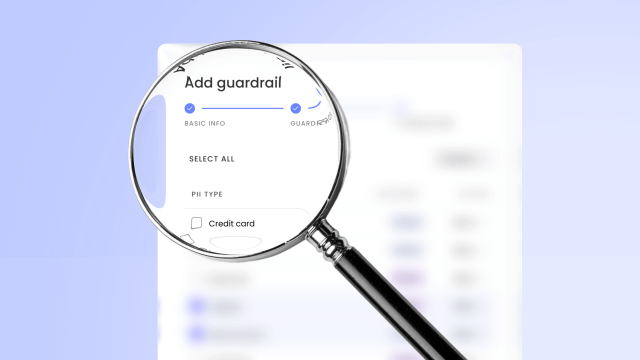
Enterprise transformation
– 8 min read
Rethinking Security: Moving from Human Speed to Machine Speed
The AI correction is coming. Learn why 40% of AI projects will fail by 2027 and how to position your enterprise in the 60% that survive and thrive.
Recent







































